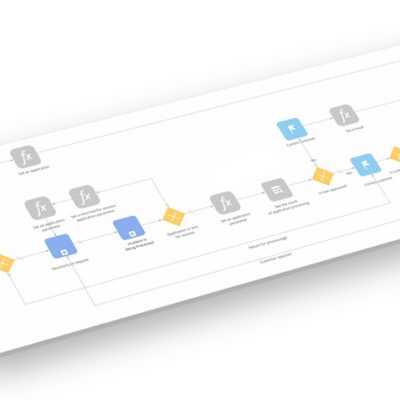Eventually every company hits a point where they need to adapt to remain profitable. Companies that recognize when those times have come can adjust and continue their growth with a minimal flat-line episode. Here are some things to look for that may suggest it’s time to restructure.

Profit Margins Fade
If your business has historically seen increasing revenue that instead slumps and stays there, you must identify the problem. Maybe the cost of materials has jumped, and new contracts don’t reflect the difference, or general inflation. As Entrepreneur magazine advises, “Negotiate everything.”
Critical expenditures can take a big bite out of net profit, and identifying these things should be a priority for your bookkeepers.
Turnover
Employees, but also customers, can jump ship. If employees that have been there for years start to leave one after the other, it means they are unhappy. A long-standing client who defects is no longer satisfied with prices or services. There could be many factors in both cases, but if you see a pattern, something’s wrong. It’s important to retain a good, open relationship with both camps of employees and clients to deal with problems as they arise, not when it’s too late.
Unbalanced Workload
Some teams may seem like they’re overworked, whereas others seem to be coasting. If either of these is happening, you may need to redistribute responsibilities. Don’t let your fulfillment manager idle around complaining that production isn’t feeding them work. Being over-worked means turnover, and being under-worked is a waste of money. There should be a system in place for tracking and monitoring workflow.
Sometimes the only recourse is to contact objective professionals from XPlane or similar organizations who can see the business as a whole picture, identify problems and suggest solutions, or simply update your company culture to something more productive. It’s important that companies respond to recurring failures and reorganize. Whole new strategies for organizational performance may appear.
Mistakes are Piling up
A spike in errors is usually the result of poor communications, poor training, or poor supervision. Maybe production quality issues occur because new standards and quotas were implemented that are just unrealistic. When people are under stress or working long hours, mistakes are inevitable. It’s important to have processes in place not only to track workflow, but to take measures when it bottlenecks.
A few random occasions over a quarter may not mean much, but if they start to be a common problem from month to month, it may be time to do some serious analysis.




